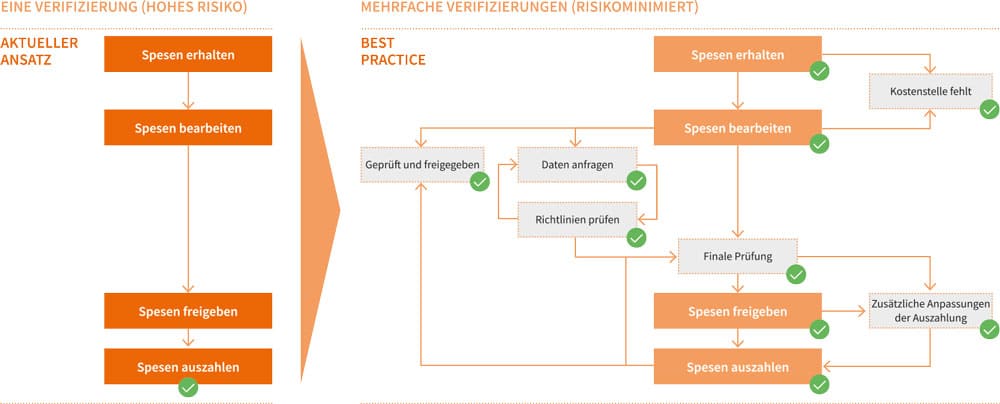Test Automation as a Service

DevOps methods force SAP legacy customers to test more frequently
An increasing number of software solutions and faster release cycles, driven in part by DevOps methodologies, are forcing companies to test faster and more frequently. However, the available testing resources that can ensure the quality of the software are usually limited. In addition, testing requires a tremendous amount of manual effort. Manual testing is also repetitive and, being time and tester dependent, slow and inflexible.
In practice, therefore, there is often a temptation to skip individual test steps, with the risk that errors remain undetected. The cost of detecting and fixing errors increases exponentially throughout the software lifecycle, and the risk of failure of a halted process or SAP application can prove costly and risky to the business. For example, according to automation vendor UiPath, in 2021, manual testing at the top banks in the EMEA region occupied about five percent of their full-time staff and cost $30 million annually.
Black Box Testing
Despite these challenges, only a quarter of testing organizations have automated more than half of their tests (State of Testing Report, 2019). One reason for this could be the inadequate approaches to test automation often observed in practice. Black-box testing is often used, where testing is performed on a generic basis with few main test objectives. The transparency of the tests performed is low. It is therefore better to develop more detailed test cases based on best practices.

Such an approach enables greater transparency and problematic application functions can be discovered at an early stage. The question, however, is: How can an organization apply this sophisticated approach and at the same time empower its testers - with scarce resources?
Resources and options
There are various ways to meet the need for more testing resources. However, the obvious option of increasing the number of employees with the appropriate expert knowledge is difficult to implement due to the shortage of specialists. Test Automation as a Service (TAaaS) is a contemporary approach that not only enables testing to be performed at any level and in any form, but also accelerates test automation through know-how transfer. Companies can either use the time freed up to build up their resources accordingly and take over testing activities internally, or continue to use TAaaS as a modus operandi.
Test Automation as a Service means that the provider provides the appropriate licenses, operation and infrastructure for software testing. The advantage: In a TAaaS model, the license costs are only a fraction of a full purchase. In addition, the infrastructure is designed to be easy to use with minimal effort on the part of the customer's IT department. In total, this can reduce implementation and operating costs by up to 70 percent.
Teams and tools
Another useful approach focuses not on empowering the test team, but on equipping the team with better tools. For example, tools are used that easily record the daily activities of business users and then convert them into automated test cases. However, success does not depend on the choice of automation tool alone, but on a holistic automation strategy that defines the approach, architecture, training, resources, and an automation operating model. This is where solutions such as Camelot's Hyperautomation Platform (HAP) come into play. It enables companies to use different automation technologies in combination. For example, HAP provides access to a number of different automation tools and predefined use cases that can be integrated immediately. In addition, companies are supported with automation know-how and best practices on demand.





